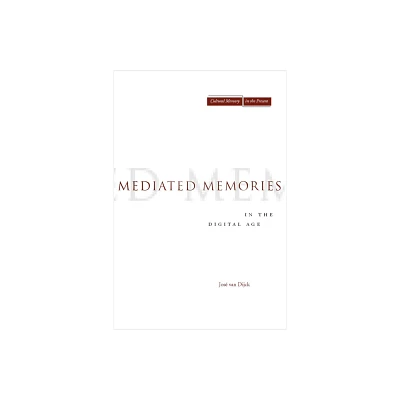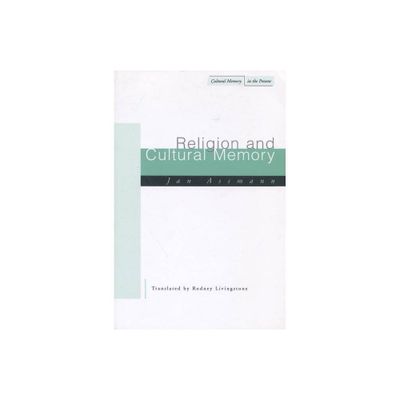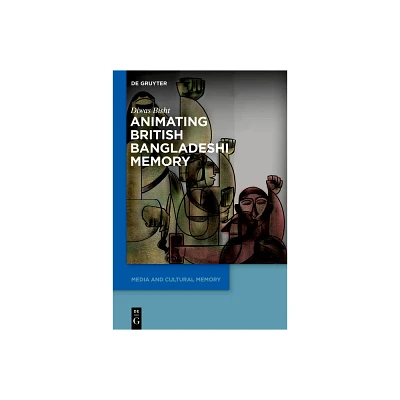Home
Cultural Imprints: War and Memory the Samurai Age
Loading Inventory...
Barnes and Noble
Cultural Imprints: War and Memory the Samurai Age
Current price: $52.95


Barnes and Noble
Cultural Imprints: War and Memory the Samurai Age
Current price: $52.95
Loading Inventory...
Size: Hardcover
*Product Information may vary - to confirm product availability, pricing, and additional information please contact Barnes and Noble
Cultural Imprints
draws on literary works, artifacts, performing arts, and documents that were created by or about the samurai to examine individual "imprints," traces holding specifically grounded historical meanings that persist through time.
The contributors to this interdisciplinary volume assess those imprints for what they can suggest about how thinkers, writers, artists, performers, and samurai themselves viewed warfare and its lingering impact at various points during the "samurai age," the long period from the establishment of the first shogunate in the twelfth century through the fall of the Tokugawa in 1868.
The range of methodologies and materials discussed in
challenges a uniform notion of warrior activity and sensibilities, breaking down an ahistorical, monolithic image of the samurai that developed late in the samurai age and that persists today. Highlighting the memory of warfare and its centrality in the cultural realm,
demonstrates the warrior's far-reaching, enduring, and varied cultural influence across centuries of Japanese history.
Contributors: Monica Bethe, William Fleming, Andrew Goble, Thomas Hare, Luke Roberts, Marimi Tateno, Alison Tokita, Elizabeth Oyler, Katherine Saltzman-Li
draws on literary works, artifacts, performing arts, and documents that were created by or about the samurai to examine individual "imprints," traces holding specifically grounded historical meanings that persist through time.
The contributors to this interdisciplinary volume assess those imprints for what they can suggest about how thinkers, writers, artists, performers, and samurai themselves viewed warfare and its lingering impact at various points during the "samurai age," the long period from the establishment of the first shogunate in the twelfth century through the fall of the Tokugawa in 1868.
The range of methodologies and materials discussed in
challenges a uniform notion of warrior activity and sensibilities, breaking down an ahistorical, monolithic image of the samurai that developed late in the samurai age and that persists today. Highlighting the memory of warfare and its centrality in the cultural realm,
demonstrates the warrior's far-reaching, enduring, and varied cultural influence across centuries of Japanese history.
Contributors: Monica Bethe, William Fleming, Andrew Goble, Thomas Hare, Luke Roberts, Marimi Tateno, Alison Tokita, Elizabeth Oyler, Katherine Saltzman-Li


















